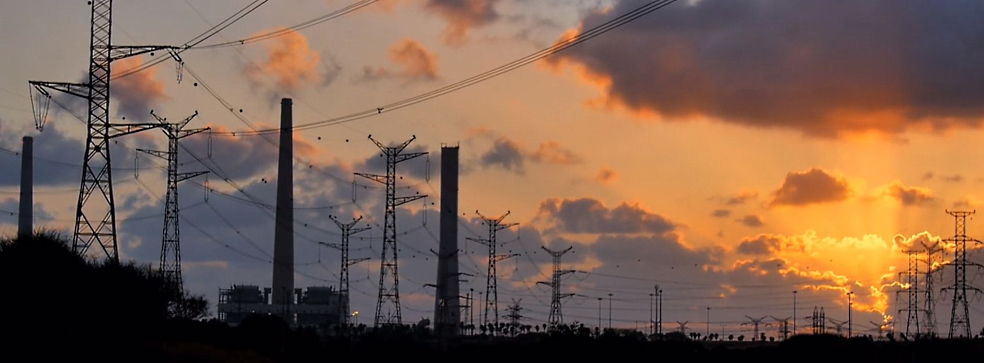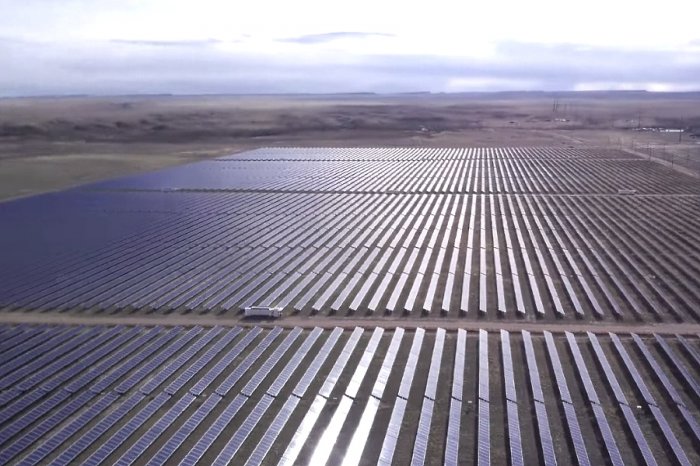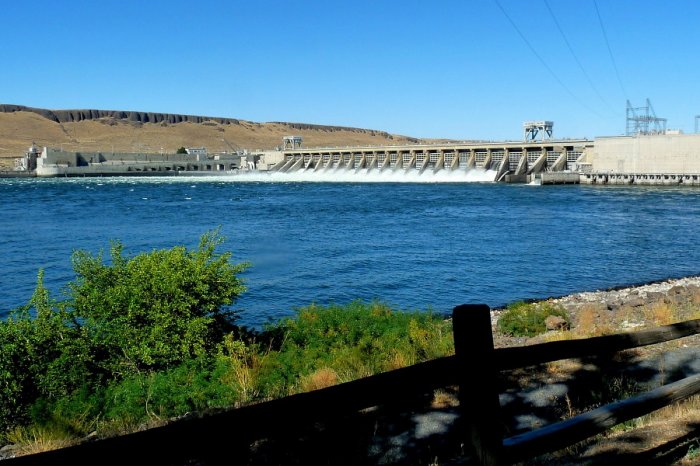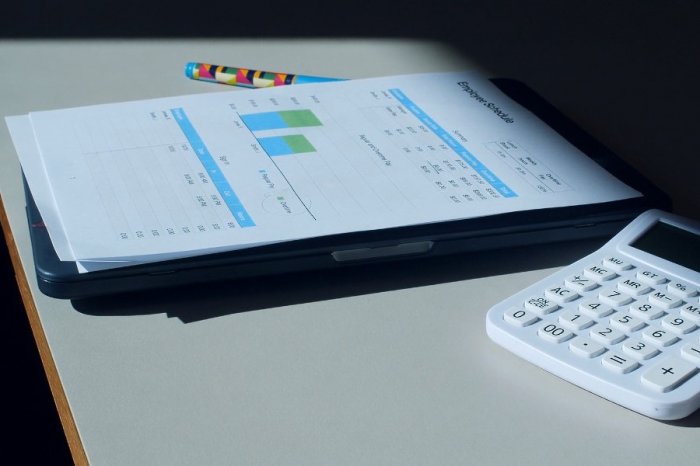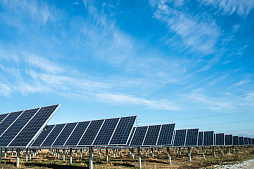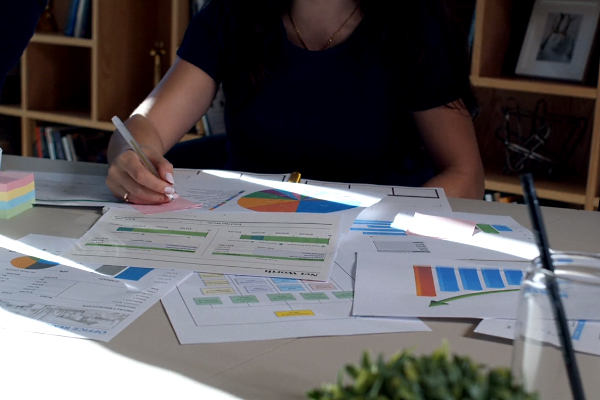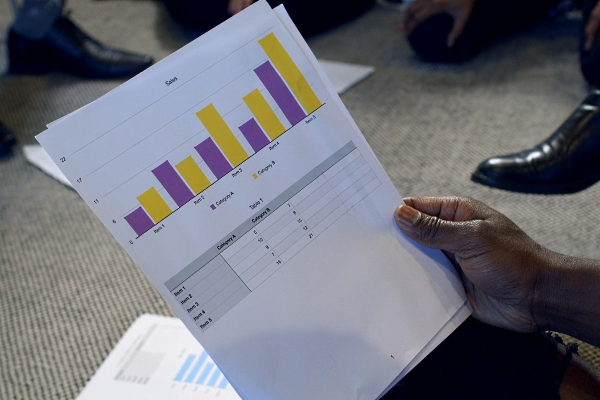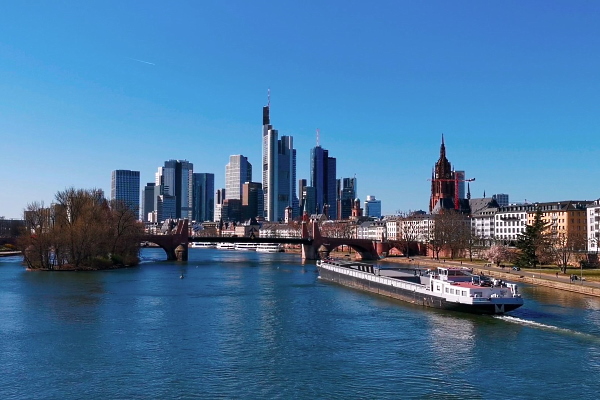To consider an application for financing, fill out the form and send it to us by e-mail along with the project brief, or contact our experts
Access to financial resources means freedom of choice for business entities.
Long-term investments are widely used for the construction and modernization of large facilities.
New transport hubs, power plants, production halls or wastewater treatment systems - investment projects have different goals.
Limited internal resources of the company are a serious obstacle to investment activities. Given the difficult access to debt capital for some companies, this issue becomes even more important.
Understanding the instruments for financing long-term investment projects facilitates decision-making and creates opportunities for better business adaptation to the rapidly changing conditions of a highly competitive global market.
SWIG, an international company headquartered in Spain, offers flexible schemes and financing models for large projects for companies around the world.
We invest in energy and renewable energy, oil and gas sector, industry, agriculture, infrastructure projects, real estate and tourism.
Financing long-term projects: choosing sources
Financial resources are the main engine of business activity, regardless of the size and type of business.The economic processes taking place in each company are determined by the available capital, the received income and expenses necessary for the successful conduct of commercial activities.
Given the tough competition for capital on the global market, the problem of attracting financing for investment projects is now coming to the fore. It is an irreplaceable resource at the stage of creating an enterprise, conducting current activities and implementing long-term investment projects.
All of the above requires the correct use of financial instruments so that the selection of sources and the formation of capital is carried out in the most rational way.
This is important when choosing sources of long-term financing that will ensure the implementation of large projects in the long term.
Funding sources are classified into two groups:
• Internal sources. Resources are formed from the financial flows of the company received as a result of ongoing economic activities, as well as from the sale of assets (equipment, real estate).
• External sources. Financial resources for the implementation of projects are provided by third parties in the form of loans, subsidies or in another form (for example, an issue of shares).
In the financial literature, the process of financing large projects is analyzed from different points of view.
Many scientific studies show that equity capital remains the most important source of funding, especially for small and medium-sized enterprises (including microenterprises).
Internal sources of funds include the surplus of funds arising as a result of current activities, as well as funds received from the sale of certain assets and the acceleration of the turnover of working capital.
Capital can also be provided to an enterprise from external sources. In the case of self-financing, the source of capital growth can be contributions from the founders. This means that in order to raise funds, the owner limits his personal needs in order to finance projects.
Financing the investment activities of companies using equity capital has both positive and negative effects on enterprises.
The disadvantage that limits the investment opportunities of companies to the greatest extent is the low level of equity capital.
Usually these funds are insufficient to meet the growing investment needs.
In the face of changing conditions, many companies sooner or later have to turn to banks, financial institutions and private investors to attract long-term investments. Business entities can use a wide range of different financial instruments depending on their needs and preferences.
Bank loans are an important source of financing for large long-term investment projects.
Loans can be classified according to various criteria, but the division is not clear. In any case, business lending should be tailored to the needs of a particular group of clients.
It is worth noting that the availability of bank loans for companies in poor financial health is limited. This is due to the strict requirements of financial institutions in terms of capital recovery. To obtain large loans, borrowers must have assets that are attractive to lenders.
However, it should be emphasized that the strict requirements of financial institutions are far from the only obstacle to external financing. The mentality of the entrepreneurs themselves also plays an important role. Small business owners have a negative attitude towards lending, preferring to rely on themselves.
There are two main reasons for this.
First, financing long-term investments with external funds entails significant costs.
Secondly, the fear of loans stems from the psychology of the entrepreneur, for whom legal and economic sovereignty is extremely important.
A consequence of the high requirements for securing bank loans is the growing demand for non-bank instruments for financing investment activities. The growing interest in long-term investments is accompanied by the activation of alternative instruments and the rapid development of non-bank financial institutions around the world.

The decision on the choice between financing projects with equity capital or borrowed funds plays a decisive role in the development of any business. The choice of a particular source depends on factors such as the availability of financial resources, costs, flexibility of specific instruments, etc. These factors are described in more detail in the table below.
Table: Factors of choosing sources of financing for investment projects.
| Factors | Short description |
| Availability | The availability of financial resources depends on the borrower's compliance with a number of requirements, for example, allowing the company to register on the stock exchange, or providing adequate collateral to obtain the necessary funds in the form of a loan. |
| Value for money | It is important to take into account not only the nominal amount of costs (for example, the interest rate), but also the repayment schedule, the time structure of which must be adapted to the future financial flows of the investment project. |
| Financing flexibility | Since it is difficult to predict all possible business development scenarios when planning, an important factor in choosing a source of financing is the flexibility of the inflow of financial resources and the adjustment of payments in accordance with the financial capabilities of the company. |
| Financial leverage effect | External long-term investments can dramatically improve the efficiency of the use of equity capital, while taking additional risk, which may result, among other things, a decrease in liquidity. |
| Debt service risks | The risk depends on many factors, including the market situation, the cost of energy resources, exchange rates, geopolitical situation, and so on. |
When deciding whether to attract long-term financing, companies consider tax advantages in the first place.
However, as the share of debt increases, the risk of insolvency increases. Consequently, a situation may arise in which the costs exceed the benefits of financing the project with a loan.
The role of loans in financing long-term investments
A bank loan is a traditional source of debt capital for large projects, available to companies with sufficient assets to collateralize.The obvious advantage of lending is the relative ease of obtaining funds, but this instrument may not be suitable for young companies implementing capital-intensive and long-term projects.
Loan agreements contain, in addition to the amount, interest rate and loan terms, the purpose of providing borrowed funds. The parties include in this kind of agreement a number of clauses with the conditions for adjusting the interest rate and other parameters, guarantees of return, the powers of the financial institution to control the use of the loan, etc.
The funds obtained in this way allow companies to invest in expansion, modernization and development at any time in the investment cycle.
The funds received must be returned on time.
The loan repayment method is indicated in the loan repayment schedule, which may include various options.
From the point of view of the borrower, the main factor in the attractiveness of a loan in the European market is its total cost. When determining a loan repayment plan, it is important to take into account the fact that long-term investments financed by a loan do not generate income immediately, but over time.
For this reason, the repayment of the loan, that is, the main part of the debt and interest, are paid with a certain delay (grace period). In exceptional cases, the entire loan, together with interest, is fully repaid only at the end of the repayment period.
An investor's creditworthiness determines the likelihood of obtaining a business loan. If the economic and financial assessment is positive, the bank requires the borrower to guarantee the loan repayment. This is usually an official guarantee, which can be provided in the form of a promissory note. This is a written commitment from the issuer to pay off the debt within a specified time frame. After the loan is repaid, the promissory notes are returned to the borrower.
Blocking of term deposit funds is a reliable and convenient guarantee of repayment of loans provided by the bank.
Deposits placed with the bank that provided the loan are a kind of safety cushion for the lender.
Long-term business loans secured by real estate are popular due to their simplicity and reliability, in contrast to the pledge of movable property.

The pledge of movable property consists in the transfer of raw materials, goods, machinery or equipment to the bank against the issued loan. The bank receives all the powers to manage the pledged assets. The latter is a laborious procedure for the bank, therefore, the pledge of movable property is used quite rarely.
The implementation of long-term investment projects using bank loans is considered an easily accessible option only for companies with high creditworthiness that are in good financial health, as well as for newly created companies with a good business plan and adequate collateral.
Banks seeking to minimize financial risks may refuse to provide loans to financially weak companies, even if making long-term investments could theoretically improve their financial condition and bring more profit to the lender in the long term. In addition, only a loan that does not exceed concentration limits will be available to borrowers.
Another disadvantage is the high cost of obtaining a loan, so it is advisable to negotiate with several financial institutions to find an acceptable interest rate and maturity.
Additional costs will be associated with a multi-stage procedure for establishing the borrower's creditworthiness.
A business loan, like a bond issue, is a source of borrowed funds, so investment failure can have painful consequences. A loan allows a financial institution, for example, to control and limit the commercial activities of the borrowing company.
In particular, bank specialists can access commercial and financial documents in order to constantly check the borrower's solvency. This is unacceptable for many firms, despite the fact that banks are obliged to keep the state of bank accounts of clients secret.
Venture capital for financing investment projects
The main goal of long-term venture capital investments is to promote a new project, bring it to a mature stage and sell it to another investor.Venture capital is a promising external source of financing for innovative enterprises associated with above average risk with an appropriate level of profitability.
The expression “venture capital” is usually associated with investments in unlisted companies, which are characterized by increased investment risk. Some institutions use this term only to describe investments in enterprises at the beginning of the business cycle, and all subsequent investments are called “development capital”.
Essentially, venture capital is associated with long-term investments in companies that offer potentially high profit opportunities.
A feature of this method of financing long-term investments is the fact that investors are waiting for business growth to maximize profits.
Venture capital provides unlimited opportunities for external funding, but from a practical point of view, it is difficult to find a partner willing to take risks with your team. In this context, enterprises that have concluded agreements with large players and enjoy the confidence of the market have an advantage.
For an investor, venture funding carries a very high risk that is not protected by any collateral. Joining such a project is an expression of the investor's will.
However, the investing company can sometimes share the risks with other investors, who will share the profits in exchange for capital invested in a long-term project.
Venture capital is a fairly cheap source of funding.
This is due to the fact that a venture fund does not require regular payments from current profits, postponing the receipt of profits until the end of the investment process, when the source will be the income of a mature, successful enterprise.
Long-term investment projects that are funded by venture capital do not always meet the above criteria in practice. Currently, there are many types and forms of such financing.
Venture capital is viewed as equity financing under certain conditions in a certain category of companies. Venture funds promise significant returns in the early stages of development, however, investor risk is very high due to the inability to accurately assess the chances of a project's market success.
The investor's access to business management is also wide, especially in the field of marketing.
Experience has shown that venture capital funding usually precedes stock exchange funding.
Only companies with strong market positions, able to accept the failure of a particular venture, can afford to finance young, emerging companies, helping them to limit risk in the early stages of business. Only when a company stabilizes its position in the market after a few years and the risk associated with its activities decreases, its shares begin to trade freely.
Long-term investments as a factor of business growth
The term "investment projects" first appeared in the 1950s.Around this time, the concept of long-term investments began to form, which now play an important role in the development of energy, infrastructure, industry and numerous other sectors of the modern economy.

Until the 1970s, quantifying investment projects was a poorly understood area. At that time, investment was carried out on the recommendations of familiar entrepreneurs who had a successful business, or only because there was no similar business in a certain area.
Leading economists define each investment project as a business proposal that arises from the research that supports it and consists of a specific set of actions to achieve the company's goals.
Investment projects can be classified as follows:
• Private projects that are carried out by companies or entrepreneurs to achieve their business goals. The expected benefits of such a project are the commercial result of the sale of products, goods or services generated by the project.
• Social projects that are aimed at achieving important social goals within the framework of government programs and are implemented using subsidies and public-private partnership programs. The project develops according to specific criteria such as population coverage.
The temporary nature of a long-term investment indicates a certain beginning and end of the project, between which it takes from 3 years to several decades.
An investment project stops when the set goals are achieved, as well as in situations when the goals cannot be achieved or when the need has disappeared.
In recent decades, the growing competition in world markets has forced entrepreneurs to increasingly carefully approach the collection and analysis of information that determines the feasibility of long-term investments.
It is obvious that economic development is directly related to investment.
However, economic growth depends not only on the volume of investments, but also on the quality indicators of the development of investment projects in strategic areas.
Powerful tools exist today that identify investment projects with high potential and distinguish between those that do not offer economic benefits or that do not have a positive impact on society and business. Various multi-step analysis techniques are used to ensure that the financial resources allocated to the project are profitable.
In order for a valuable idea to turn into an investment project, it is necessary to study the factors that can influence the success of the project. The analysis includes market research, technical research, financial and economic research, on the basis of which entrepreneurs will have to make a decision to continue the project.
Long-term investment financing is one of the main criteria that determine the viability of any project.
The ability to raise sufficient funds on acceptable terms determines whether it is worth focusing on a given project.
SWIG, a finance company with an international presence, finances long-term investment projects around the world.
Our team successfully cooperates with dozens of companies in Europe, USA, Latin America, Africa, East Asia and other regions of the world, offering advanced solutions and impeccable personalized service.
Few things are as important to a business's prosperity as professional project management.
We offer a wide range of financial and engineering services, including investment project management and large long-term investment loans from EUR 10 million with maturities up to 20 years.
Our company is ready to act as a general contractor in the implementation of projects under the EPC contract.
If you are looking for a reliable partner for a future project in the energy, infrastructure, industry, mining, oil and gas sector, real estate and other areas, contact the SWIG team at any time.



